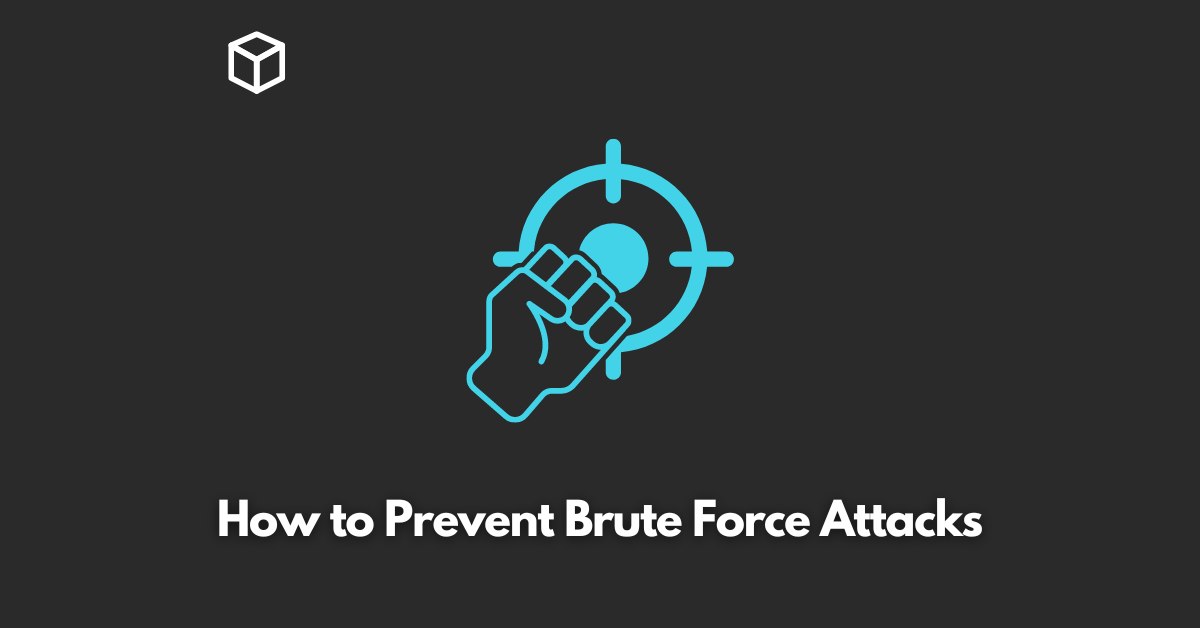Brute force attacks are a type of cyber attack in which an attacker uses a program or script to repeatedly try different combinations of characters in order to guess a password or gain access to a system.
These attacks can be incredibly successful, especially if the target system has weak passwords or other vulnerabilities.
However, there are many steps that you can take to prevent brute force attacks and keep your systems and data secure.
Identifying Vulnerabilities
The first step in preventing brute force attacks is to identify any vulnerabilities that may be present in your system.
Common methods used by attackers include guessing default passwords, exploiting known software vulnerabilities, and using social engineering techniques to trick users into giving up their credentials.
To identify vulnerabilities in your system, you can use tools such as vulnerability scanners, penetration testing software, and network analyzers.
Additionally, it’s important to keep all software updated and to implement best practices for securing your system, such as disabling unnecessary services and ports, and implementing firewalls and intrusion detection systems.
Implementing Strong Passwords
One of the most effective ways to prevent brute force attacks is to implement strong passwords.
A strong password is one that is difficult to guess and contains a mix of letters, numbers, and special characters.
It’s also important to avoid using easily guessable information, such as your name, address, or birthdate.
To create and manage strong passwords, you can use a password manager, which will automatically generate and store complex passwords for you.
Additionally, it’s a good idea to change your passwords frequently and to avoid reusing the same password across multiple accounts.
Using Two-Factor Authentication
Another important step in preventing brute force attacks is to use two-factor authentication.
This is a security measure that requires users to provide two forms of identification before being granted access to a system.
The most common form of two-factor authentication is the use of a one-time code sent to a user’s phone or email.
Other examples of two-factor authentication include fingerprint scanners, smart cards, and biometric authentication.
Two-factor authentication provides an extra layer of security, making it much more difficult for attackers to gain access to a system.
Monitoring and Logging
Monitoring and logging activity on a system is also crucial in preventing brute force attacks.
By monitoring and logging all activity on your system, you can detect any suspicious or unusual activity and take appropriate action.
This can include disabling a user’s account, blocking an IP address, or even shutting down your system.
Additionally, you can use tools such as intrusion detection systems and security information and event management (SIEM) software to automate the monitoring and logging process.
Blocking and Banning
If you do detect a brute force attack, one of the best ways to stop it is to block or ban the IP address that the attack is coming from.
This can be done manually by adding the IP address to a firewall or intrusion detection system.
Additionally, you can use tools such as fail2ban to automate the process of blocking and banning IP addresses.
It’s also important to keep track of blocked and banned IP addresses, so that you can unblock them if necessary.
Conclusion
In conclusion, preventing brute force attacks is crucial for maintaining the security of your systems and data.
By identifying vulnerabilities, implementing strong passwords, using two-factor authentication, monitoring and logging activity, and blocking and banning IP addresses, you can greatly reduce the risk of a successful brute force attack.
However, it’s also important to remember that security is an ongoing process, so it’s essential to stay vigilant and keep your systems and security practices up-to-date.




